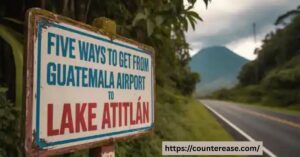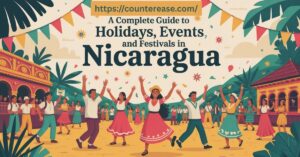The phrase “Best Beer in Nicaragua” refers to the most popular and well-regarded beers brewed and consumed within the country, often judged by taste, cultural significance, local preference, and overall drinking experience. In Nicaragua, beer is more than just a beverage — it’s a reflection of the nation’s vibrant lifestyle and traditions.
Imagine sipping a cold, refreshing beer under the golden Nicaraguan sun, surrounded by volcanoes, colonial towns, and the sounds of tropical life. Whether you’re backpacking through Granada or partying at a beach rave, the right beer can elevate the entire experience.
From the crisp and widely loved Tona to the bold flavor of Victoria, discovering Nicaragua’s best beer is as much about cultural exploration as it is about taste.
The Two Titans – Tona vs Victoria Beer
When it comes to beer in Nicaragua, two brands reign supreme. This isn’t just about local favorites—it’s about understanding the heart of Nicaraguan culture through its most popular beverages.
Tona Beer: The People’s Champion
Tona beer launched in 1976 with a name that honors “Antonia”—an affectionate nickname for Nicaragua’s daughters. This isn’t marketing fluff; it’s genuine cultural immersion through beer.
The taste preference for Tona centers on its bright malty grain character with definite sweetness. You’ll notice dusty hay notes that create a clean finish, making it perfect for Nicaragua’s tropical climate. At 4.6% ABV, it’s lighter than its competitor but packs enough punch for social drinking.
What sets Tona apart? The brewery uses pristine water from natural Central American springs. This isn’t just another local beer—it earned Monde Selection Belgium quality certification, proving Nicaragua can compete internationally.
Key Tona Facts:
- ABV: 4.6%
- Launch Year: 1976
- Taste Profile: Malty, sweet, clean finish
- Best For: Hot climate drinking
- International Recognition: Monde Selection certified
Victoria Beer: The Heritage Choice
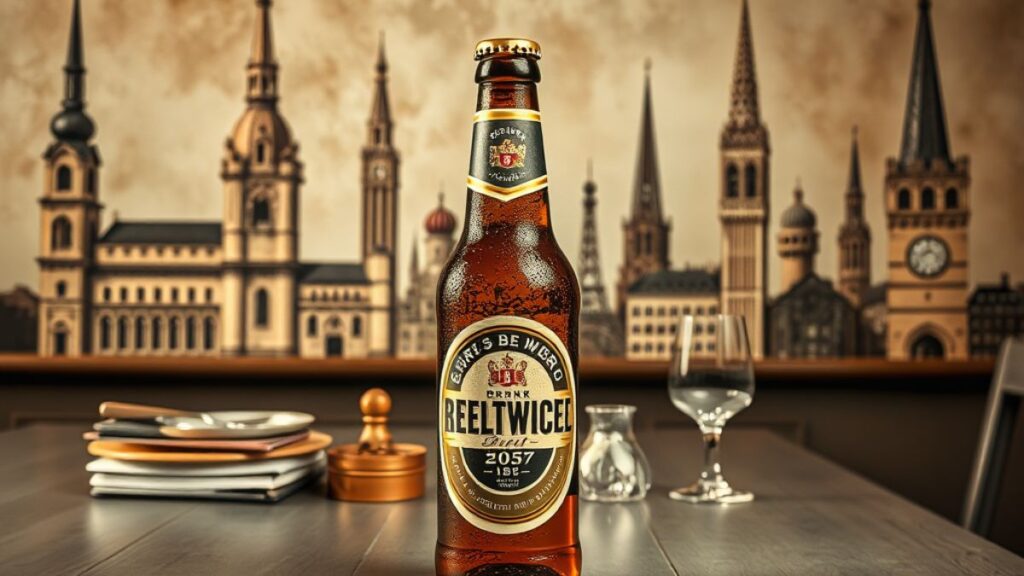
Introduced in 1942, it’s the oldest and most popular beer in Nicaragua. That’s 82 years of brewing tradition—older than most college students discovering it today.
At 4.9% ABV, Victoria packs more strength than Tona. Local favorites often lean toward Victoria for evening consumption when you want something with more body. The brewery even launched Victoria Frost in 2004 as a softer version, recognizing different taste preferences.
Victoria’s market position reflects cultural exploration at its finest. Walk into any grocery store, restaurant, or nightclub in Granada or beyond, and you’ll find Victoria dominating shelf space.
Key Victoria Facts:
- ABV: 4.9%
- Launch Year: 1942
- Variants: Original and Victoria Frost
- Market Position: Traditional favorite
- Availability: Every corner store nationwide
Head-to-Head Comparison
| Feature | Tona Beer | Victoria Beer |
|---|---|---|
| ABV | 4.6% | 4.9% |
| Launch Year | 1976 | 1942 |
| Taste | Malty, sweet | Stronger, traditional |
| Best For | Hot climate drinking | Evening consumption |
| International Recognition | Monde Selection | Local heritage |
| Availability | 1 liter bottles available | Standard sizes |
Both beers represent authentic local authenticity. The choice often comes down to personal preference and drinking context. Budget travel enthusiasts love both options because they deliver quality without premium pricing.
The Craft Beer Revolution in Nicaragua
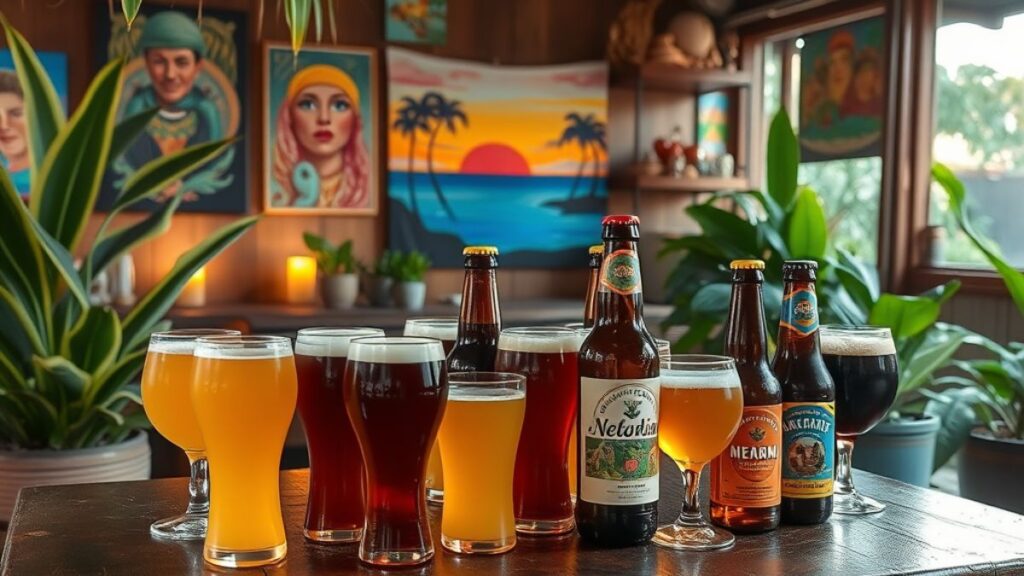
Nicaragua’s craft scene is small but mighty. While traditional brands dominate, innovative brewers are creating space for beer connoisseurs seeking something different.
Nicaragua Craft Beer Co. – San Juan del Sur Pioneer
Located in San Juan del Sur, Nicaragua Craft Beer Co. stands as the country’s craft beer pioneer. Their mission? “Enhance curiosity in beer styles within Nicaragua, create craft beer culture.”
Their signature brew, Panga Drops, showcases what craft brewing can achieve. This Pilsner-style beer arrives unfiltered with golden color, delivering crisp and refreshing taste preferences that rival international standards.
American and Canadian expats founded this brewery, bringing international techniques to Nicaragua’s growing beer tourism scene. They’re not just brewing beer—they’re building cultural immersion experiences.
Why Craft Beer Matters in Nicaragua
The craft movement represents more than beer tasting. It’s breaking the monopoly of traditional brands while catering to Nicaragua’s growing tourism market.
Key Craft Beer Benefits:
- Premium pricing creates higher-value market segment
- Quality ingredients and brewing techniques
- Cultural exploration opportunities for visitors
- Local market diversification beyond traditional options
Craft brewers face challenges in Nicaragua. Import costs for specialized ingredients, limited distribution networks, and established drinking culture preferences create hurdles. However, beer connoisseurs and tourists increasingly seek these premium options.
Beer Prices and Where to Buy
Affordable beer is one of Nicaragua’s biggest draws for budget travel enthusiasts. Traditional brands cost “just about” very little compared to international standards.
Local Pricing Reality
Local beer pricing makes Nicaragua incredibly attractive for budget travel. In grocery stores, both Tona and Victoria cost significantly less than imported options.
Typical Pricing Structure:
- Local brands (Tona, Victoria): Extremely budget-friendly
- Craft options: Premium pricing (3-4x local brands)
- Import availability: Limited, expensive when available
- 1 liter bottles: Best value for money
Tourist areas like Granada and San Juan del Sur charge premium prices, but even these remain reasonable by international standards. Local markets offer authentic pricing in neighborhood pulperías.
Best Places to Find Each Beer
Tona and Victoria appear everywhere—every corner store, supermarket, restaurant, and nightclub stocks both brands. This ubiquity makes beer in Nicaragua incredibly convenient for visitors.
Craft options require more searching. Specialized bars in tourist areas, craft breweries themselves, and upscale restaurants in Granada offer the best selection.
Distribution Map:
- Traditional brands: 100% availability nationwide
- Craft beer: Tourist areas, specialized venues
- Import options: Limited to upscale establishments
Taste Test – What Locals Actually Prefer
Personal preference varies dramatically among Nicaragua’s beer drinkers. Travel experience reveals mixed opinions that challenge assumptions about local favorites.
Real Drinker Opinions
Traveler preference splits evenly between Tona and Victoria. Some prefer Victoria’s stronger profile, while others gravitate toward Tona’s lighter character.
Honest assessment reveals that some find lighter options taste like “bubbly yeast water.” This subjective opinion highlights why taste preference matters more than brand loyalty.
Climate considerations heavily influence choice. Hot weather makes lighter beers perform better, while evening drinking sees stronger options gain popularity.
Food Pairing with Nicaraguan Dishes
Cultural immersion through beer comparison extends to food pairing. Traditional Nicaraguan dishes complement both beers differently.
Pairing Recommendations:
- Gallo Pinto: Both Tona and Victoria work well
- Nacatamal: Victoria’s strength balances rich flavors
- Vigorón: Tona’s lightness complements tangy cabbage
- Quesillo: Either beer enhances cheese flavors
Social drinking culture in Nicaragua emphasizes shared experiences over individual taste preferences. Beer becomes part of memorable moments rather than just beverages.
The Company Behind the Brands
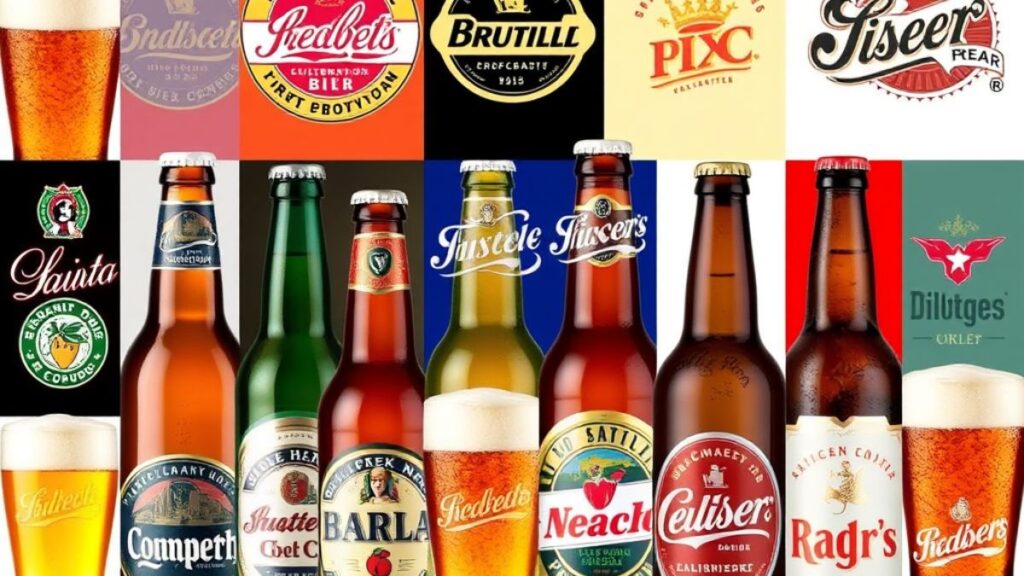
Understanding Nicaragua’s beer industry requires knowing Compañía Cervecera de Nicaragua (CCN), the powerhouse behind both major brands.
Compañía Cervecera de Nicaragua History
CCN was founded on March 18, 1926 by Nicaraguan investors with vision. Their first beer, Cerveza Xolotlan, debuted in 1929, establishing Nicaragua’s brewing tradition.
The 1996 merger with Industrial Cervecera created the largest brewery in Nicaragua. Today, Cervecera De Nicaragua leads in both value and volume terms according to 2023 market data.
Company Timeline:
- 1926: Company founded
- 1929: First beer (Cerveza Xolotlan) launched
- 1942: Victoria beer introduced
- 1976: Tona beer launched
- 1996: Major merger creates market dominance
- 2003: Export program begins
Diversification Beyond Beer
CCN produces more than beer in Nicaragua. The same company creates Flor de Caña rum, showing their dominance in Nicaragua’s alcohol culture.
This diversification explains their market strength. While Brazil and Bolivia might have more brewing companies, Nicaragua’s consolidated approach creates efficiency and quality control.
Export markets began in 2003 when Tona started reaching international consumers. However, local authenticity remains their primary focus.
Beer Tourism and Experiences
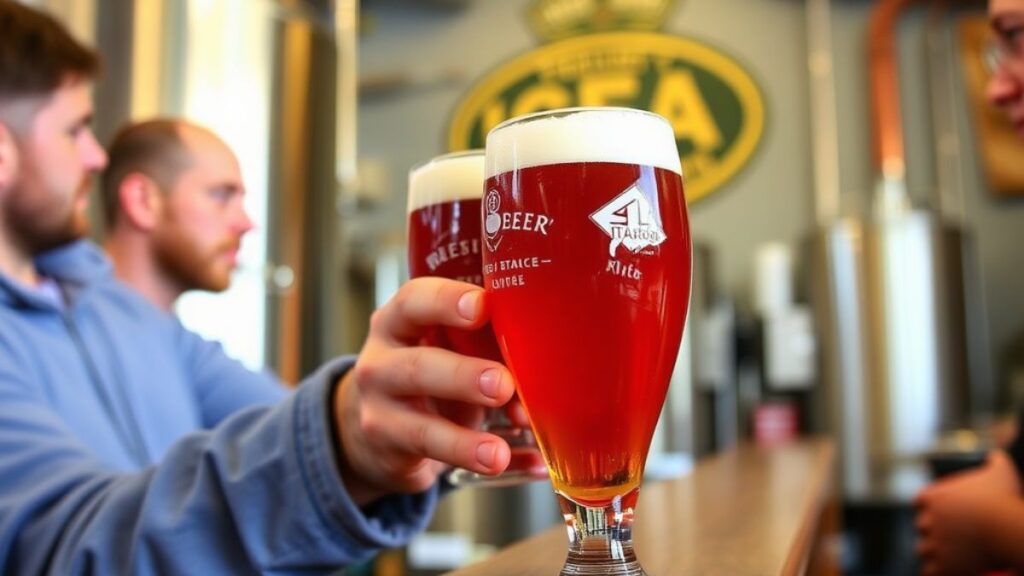
Visitors discover local authenticity through brewing traditions.
Craft Beer Destinations
San Juan del Sur leads Nicaragua’s craft beer scene. Nicaragua Craft Beer Co. offers brewery tours, beer tasting sessions, and cultural immersion experiences.
Granada provides traditional brewery experiences combined with colonial architecture. Restaurants and bars showcase both traditional and craft options.
Managua offers industrial brewery tours, though these focus more on large-scale production than artisanal experiences.
Cultural Integration
Beach drinking along Nicaragua’s Pacific coast represents authentic local culture. Cold beer after volcano hiking creates memorable moments that define travel experiences.
Surfing culture in Nicaragua heavily features post-session refreshment. Local beer becomes part of the surfing lifestyle, not just beverage consumption.
Integration Opportunities:
- Volcano tours: Cold beer after hiking
- Beach experiences: Sunset drinking traditions
- Surfing culture: Post-session refreshment
- Colonial tours: Historical context with modern tastes
Future of Nicaragua’s Beer Scene
Nicaragua’s beer industry faces interesting crossroads. Traditional brands maintain dominance while craft options carve niche markets.
Emerging Trends
Craft expansion shows promise despite challenges. More microbreweries are opening, driven by tourism demand and local curiosity about beer styles.
Tourist demand for premium options continues growing. International visitors expect choices beyond traditional brands, creating market opportunities.
Sustainability considerations are emerging. Environmental consciousness influences brewing practices and packaging choices.
Market Evolution:
- Traditional brands: Maintaining market dominance
- Craft beer: Carving niche markets
- International brands: Limited penetration
- Innovation: Unique flavor profiles emerging
Predictions for Growth
Local market expansion seems limited by economic factors. Budget travel audiences prefer affordable beer options over premium pricing.
Export potential for traditional brands remains strong. Tona’s international recognition suggests growth opportunities in Central American markets.
Craft beer will likely remain niche but could grow with tourism expansion. Beer connoisseurs visiting Nicaragua create sustainable demand.
The Verdict – Best Beer in Nicaragua
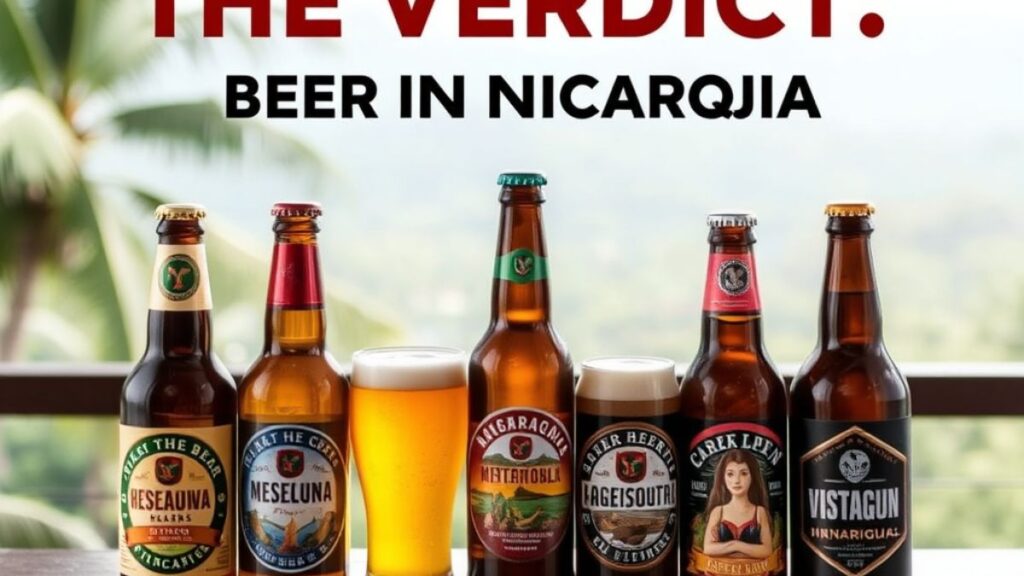
Bottom line recommendation depends on your priorities. Budget travelers should try both Tona and Victoria—both deliver exceptional value.
Craft enthusiasts must seek out Nicaragua Craft Beer Co. for authentic craft experiences. Their Panga Drops represents Nicaragua’s brewing potential.
Cultural experience seekers should sample both traditional options. Understanding local preferences requires trying what locals actually drink.
Climate consideration matters significantly. Hot weather makes lighter Tona more refreshing, while evening drinking favors Victoria’s strength.
Final Recommendations by Traveler Type
College students and budget travel enthusiasts: Tona or Victoria provide authentic experiences without premium costs.
Beer connoisseurs: Seek craft options while appreciating traditional brewing heritage.
Cultural explorers: Try both major brands to understand Nicaragua’s drinking traditions.
Tourism enthusiasts: Combine brewery visits with other Nicaragua attractions for complete cultural immersion.
Nicaragua’s beer scene reflects its people—unpretentious, authentic, and surprisingly satisfying. Whether you join team Tona or team Victoria, you’re drinking history while creating memorable moments.
The beauty of beer in Nicaragua lies not in complexity but in simplicity. Two great traditional options, emerging craft alternatives, and prices that make experimentation affordable. What more could budget travel beer lovers want?
FAQs
1. What are the main beer brands in Nicaragua?
The primary breweries are Toña (a 4.6% ABV lager introduced in 1977) and Victoria (a 4.9% ABV pilsen from 1942), both produced by Compañía Cervecera de Nicaragua.
2. Which beer is most popular among locals?
Toña holds around 45% market share, is deeply rooted in culture, and is often referred to as Nicaragua’s national beer .
3. How do Toña and Victoria differ in taste?
Toña is light, crisp, and refreshing, while Victoria has a richer malt and hop flavor, making it slightly more complex.
4. Can I find these beers outside Nicaragua?
Yes. Toña has been exported since 2003 to the U.S., parts of Central America, Canada, Australia, and Spain. Victoria is still mostly available within Nicaragua.
5. Are there craft beer options in Nicaragua?
Yes. The leading craft brewery is Moropotente, launched in the early 2010s, known for standout brews like Lado Oscuro (stout) and Wanky Yang (Pale Ale).







